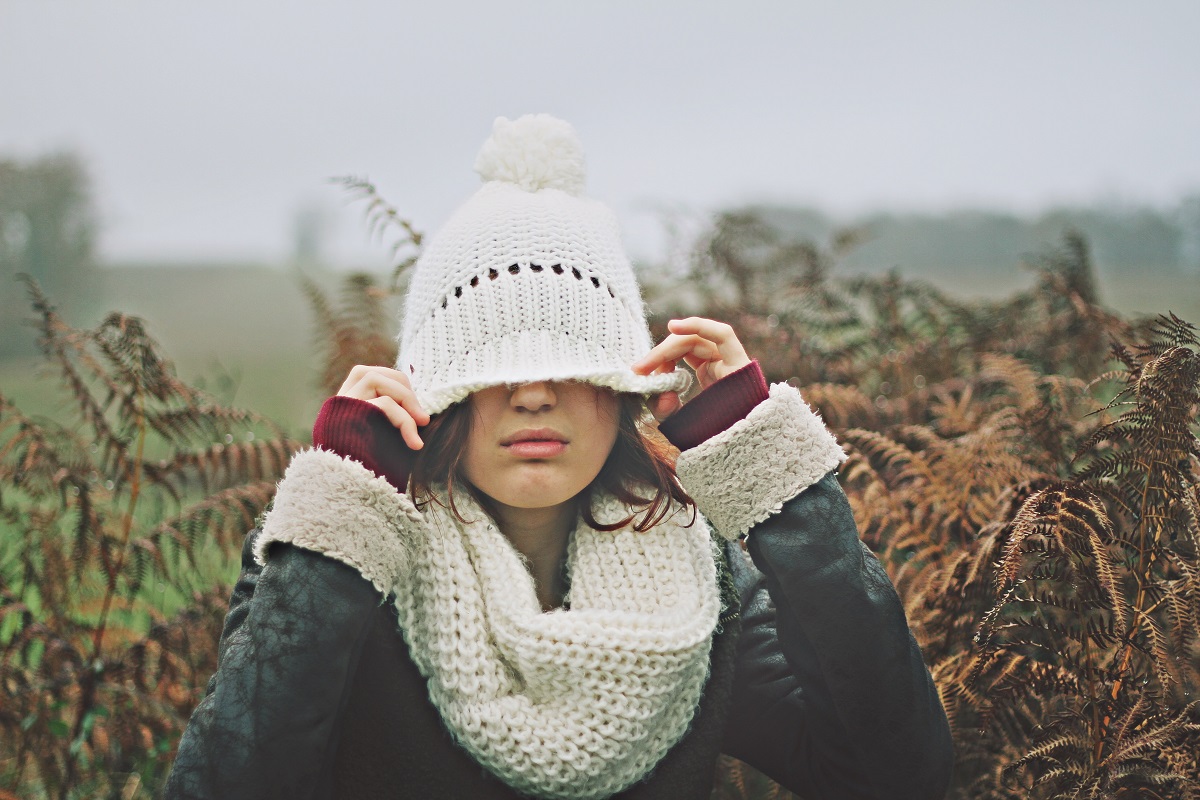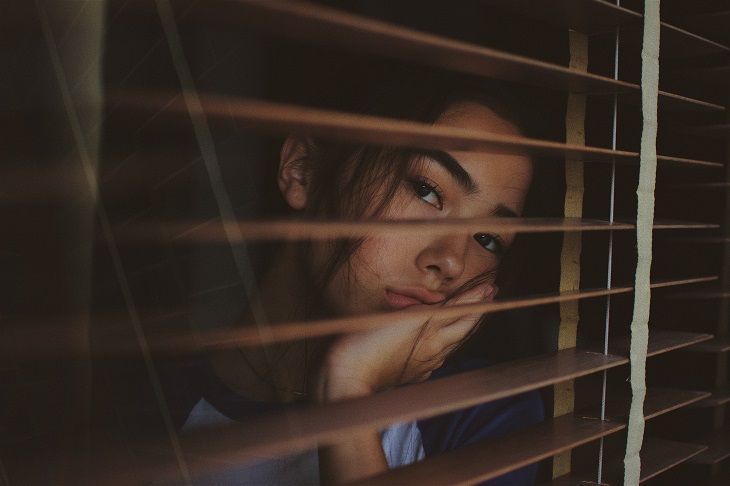THE DAILY DOSE
How To Avoid Seasonal Affective Disorder (SAD) This Winter

As the seasons change, different types of health conditions become more prevalent. In spring, many people suffer from heightened allergies, while in summer, those with asthma may experience worsened symptoms, and winter poses a bigger threat for the spread of the flu.
The beginning of fall is generally the prime time for Seasonal Affective Disorder, otherwise known as SAD, to come into effect. But what exactly is SAD? And is there anything you can do to combat symptoms if you suffer from the condition?
What is SAD?
Seasonal Affective Disorder is a mental health issue that appears when the colder weather begins to roll around. It is not considered to be its own entity, but rather a form of depression that occurs seasonally, at the same time every year. In cases of SAD, depression symptoms tend to go into remission during other seasons of the year and return again like clockwork when autumn begins.
SAD leads to mood changes that generally have a person feeling down for an extended period of time. It can sometimes affect people in the spring or summer, but mostly occurs in the fall and winter months. This has led to the disorder being referred to as winter depression, or the “winter blues”.
General feelings of sadness can occur naturally when the cold weather starts to hit and the year winds down. Such feelings are not generally considered a case of SAD, but when mood changes begin to affect daily activities in a negative way, it’s more likely to be considered Seasonal Affective Disorder. SAD is generally recurrent in individuals who suffer from the condition; it doesn’t just happen over the course of one seasonal change, but rather every year around the same time.

How does SAD affect you?
Since SAD is a type of major depression that only occurs for four or five months out of the year, the symptoms tend to present the same as they would in someone with year-round depression. Those who suffer from depression at all points of the year tend to experience symptoms that may or may not appear in those with SAD.
The typical symptoms of depression include:
- Feelings of extreme sadness and hopelessness, and depressive thoughts
- Losing interest in hobbies or other activities that you used to enjoy
- Appetite changes and weight fluctuations
- Sleep interruptions
- Feeling short-tempered or sluggish
- Depleted energy levels
- Cognitive difficulties such as problems with focus and concentration
- In serious cases, thoughts of suicide or death
For those with SAD, other symptoms may take hold. They also differ depending on the time of the year SAD sets in and vary on a person-by-person basis. Typical symptoms that occur in people suffering from winter SAD include:
- Hypersomnia or oversleeping
- Overeating with a high focus on carbohydrates
- Weight gain caused by overeating
- Feelings of wanting to hibernate and withdraw socially
The symptoms of summer-induced SAD are different than those experienced in the winter months. They include:
- Insomnia
- Weight loss and decreased or poor appetite
- Restlessness and agitation, which may lead to violent behavior
- Increased levels of anxiety
To get a diagnosis, one must describe their symptoms and the pattern of their symptoms to a mental health professional to determine if SAD is the cause behind their mood changes.
How long does SAD last and who does it usually affect?
Depending on the person, SAD generally lasts anywhere from four to five months. Once the seasons begin to change again, symptoms tend to dissipate. Some research suggests that SAD is caused by changes in the amount of daylight one gets. In winter-onset SAD, the lack of sunlight contributes, while in the less common summer-onset SAD, the culprit is the presence of too much sunlight.
Young women with a family history of depression are generally most at risk for the illness, as well as those who live far away from the equator. The risk for developing SAD tends to decrease as people get older.

How do you fight SAD?
Dealing with Seasonal Affective Disorder can be tough, but there are ways to cope with the mood changes and symptoms that come along with seasonal depression. One of the best ways to combat SAD is through the use of light therapy. This therapy is performed using a bright light that is meant to mimic the natural light of the morning hours. If used in within the first hour of waking for at least 40 minutes, light therapy can be shown to improve mood by changing levels of brain chemicals.
Other forms of treatment include antidepressant medications or psychotherapy sessions to help improve symptoms. Some natural forms of treatment include mind-body connection activities such as yoga, meditation, guided imagery, and music and art therapy.
Seasonal Affective Disorder affects around 4–6% of people seriously, while a mild form of the illness can affect up to 20% of Americans every year. The people affected are generally located throughout the northern part of the country, where weather changes are more prevalent. Although the symptoms of SAD can sometimes be debilitating, knowing the right ways to combat them can mean all the difference when it comes to coping with a recurring case of the winter blues.
Featured image by Toa Heftiba on Unsplash